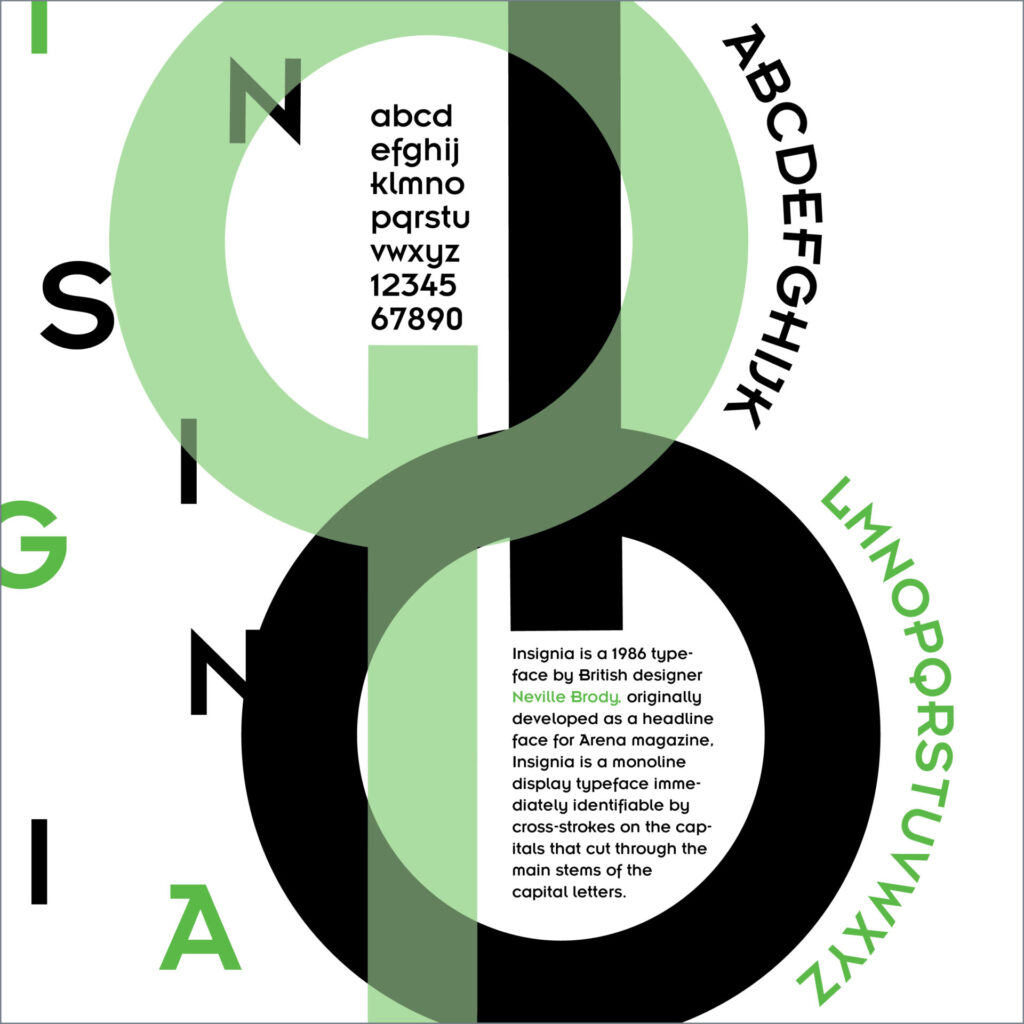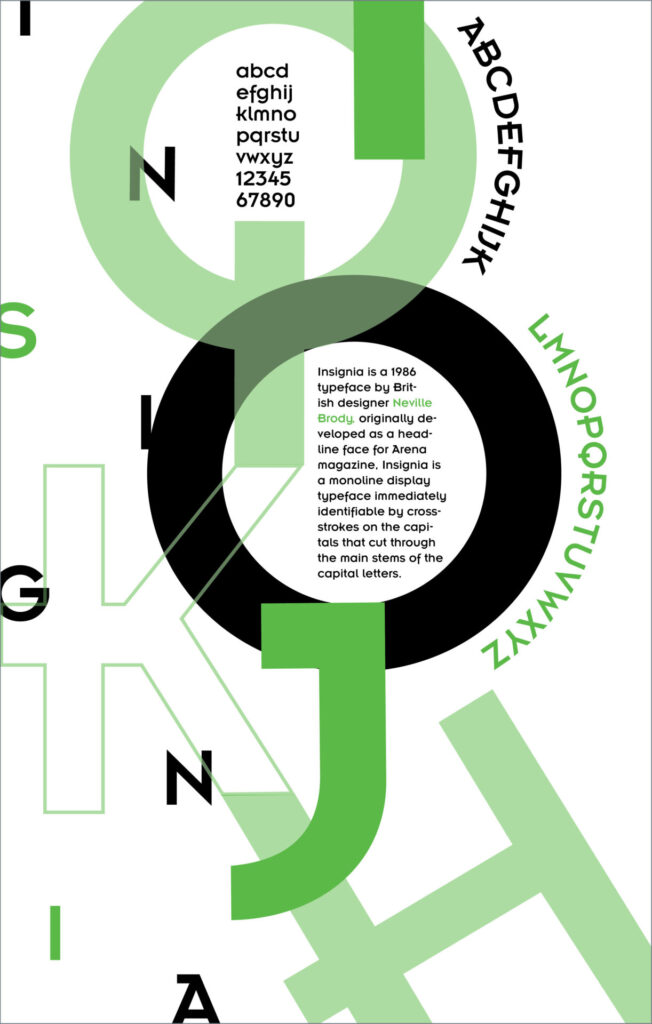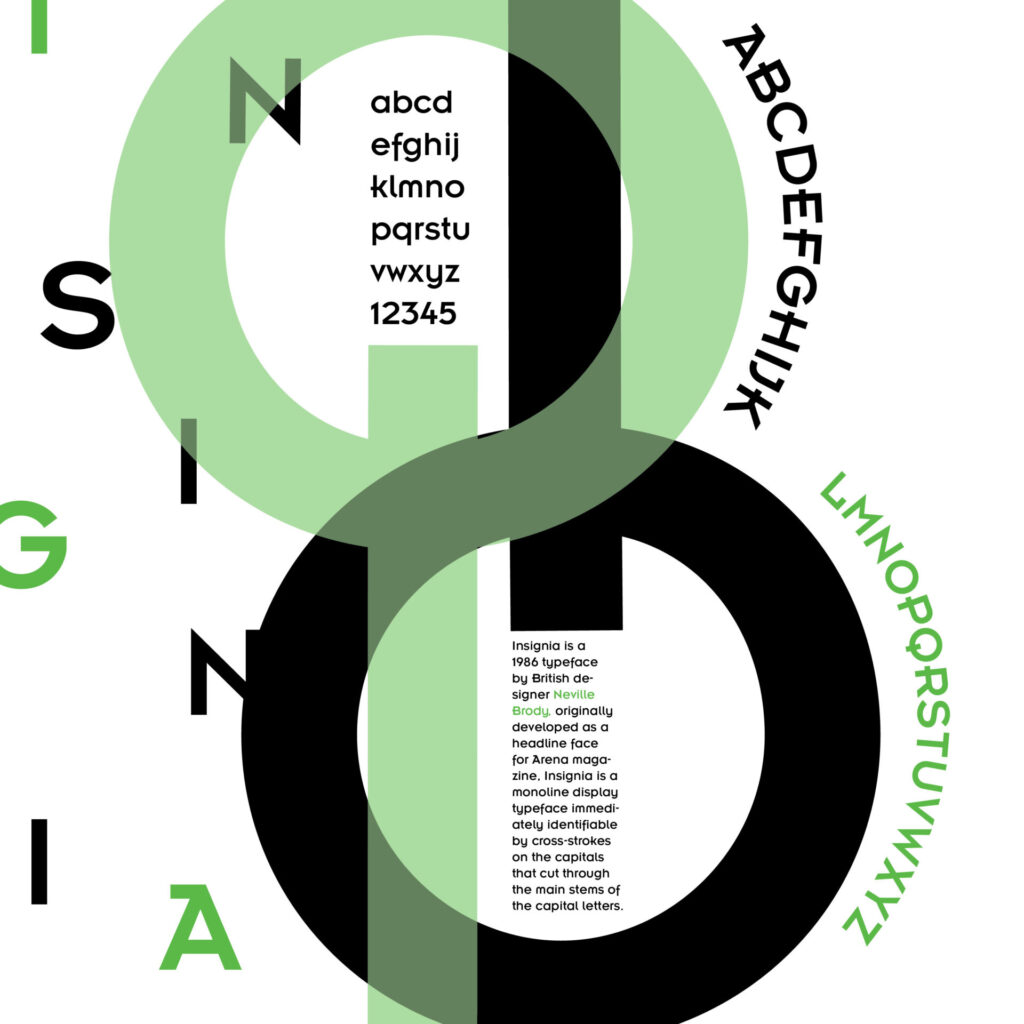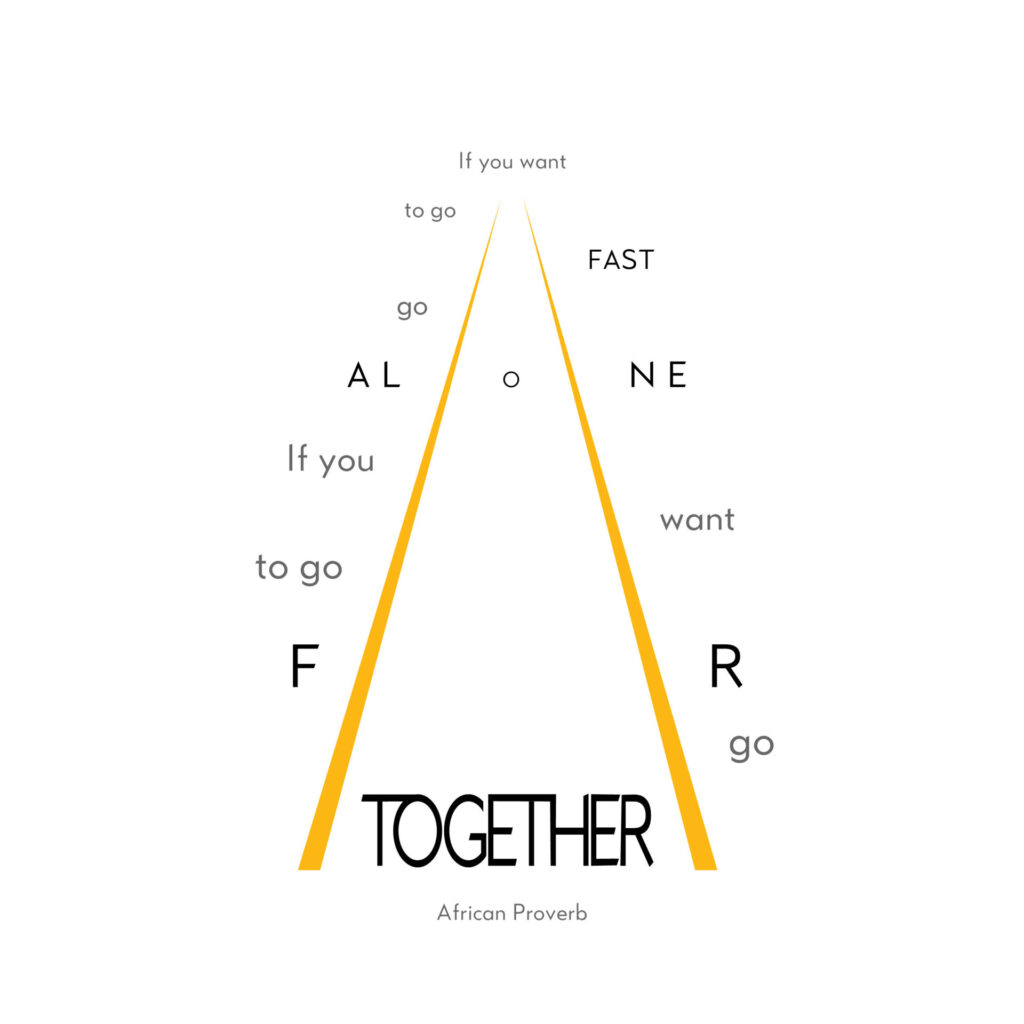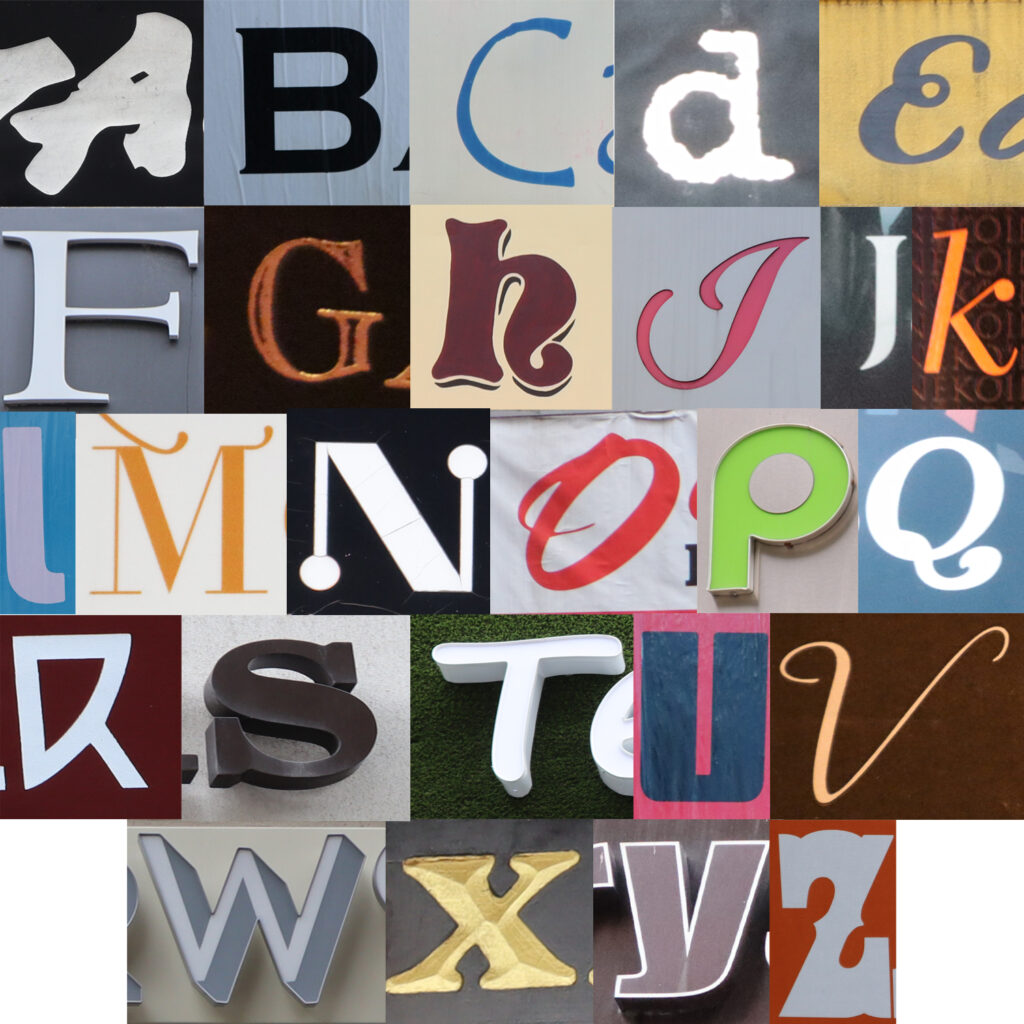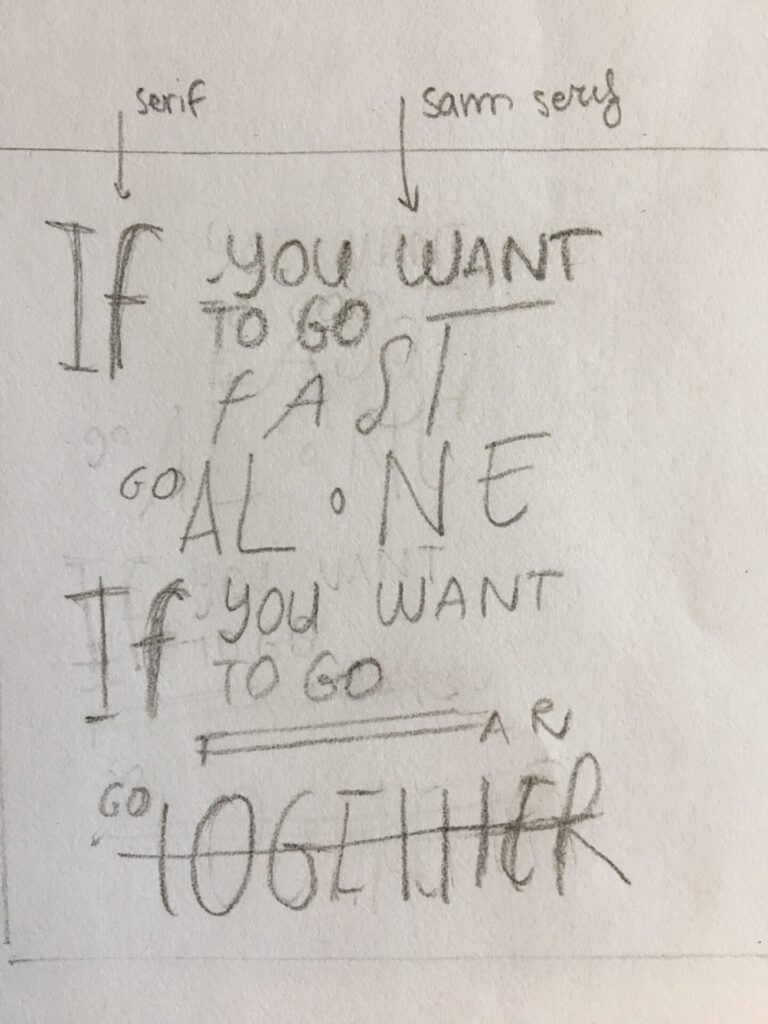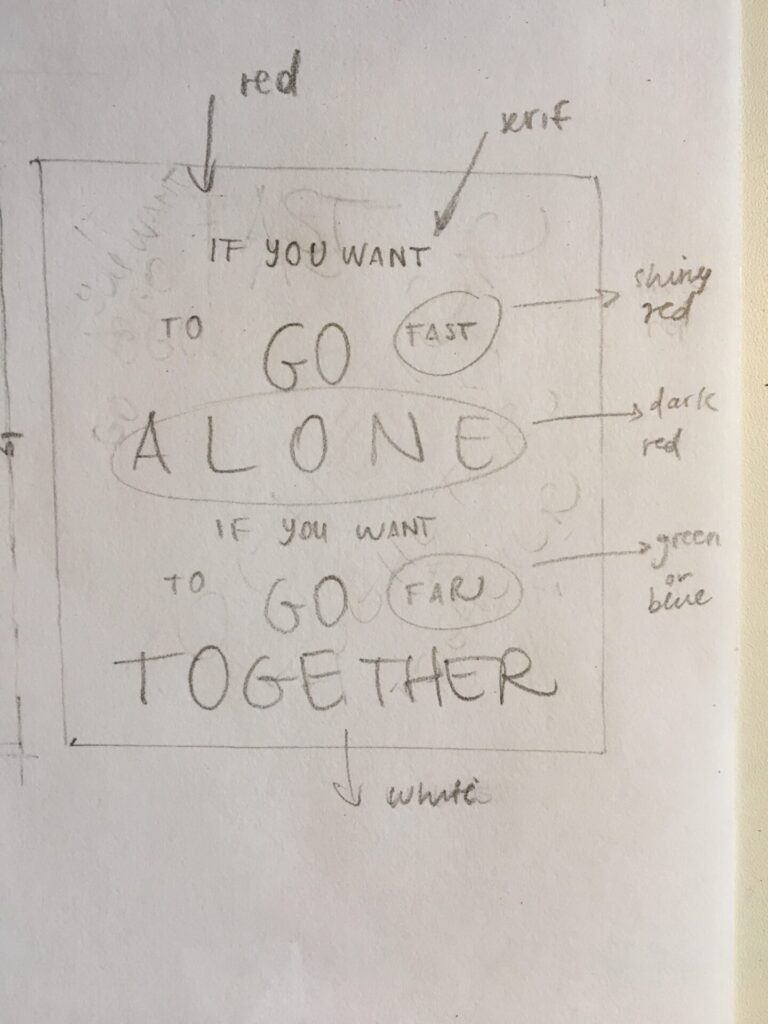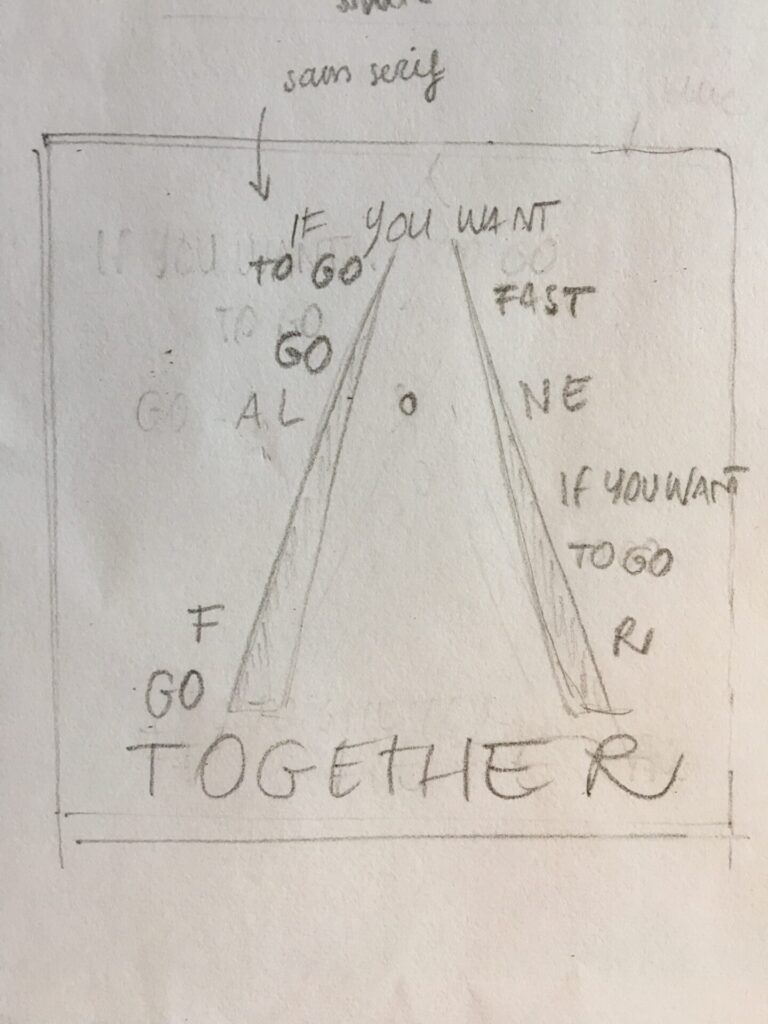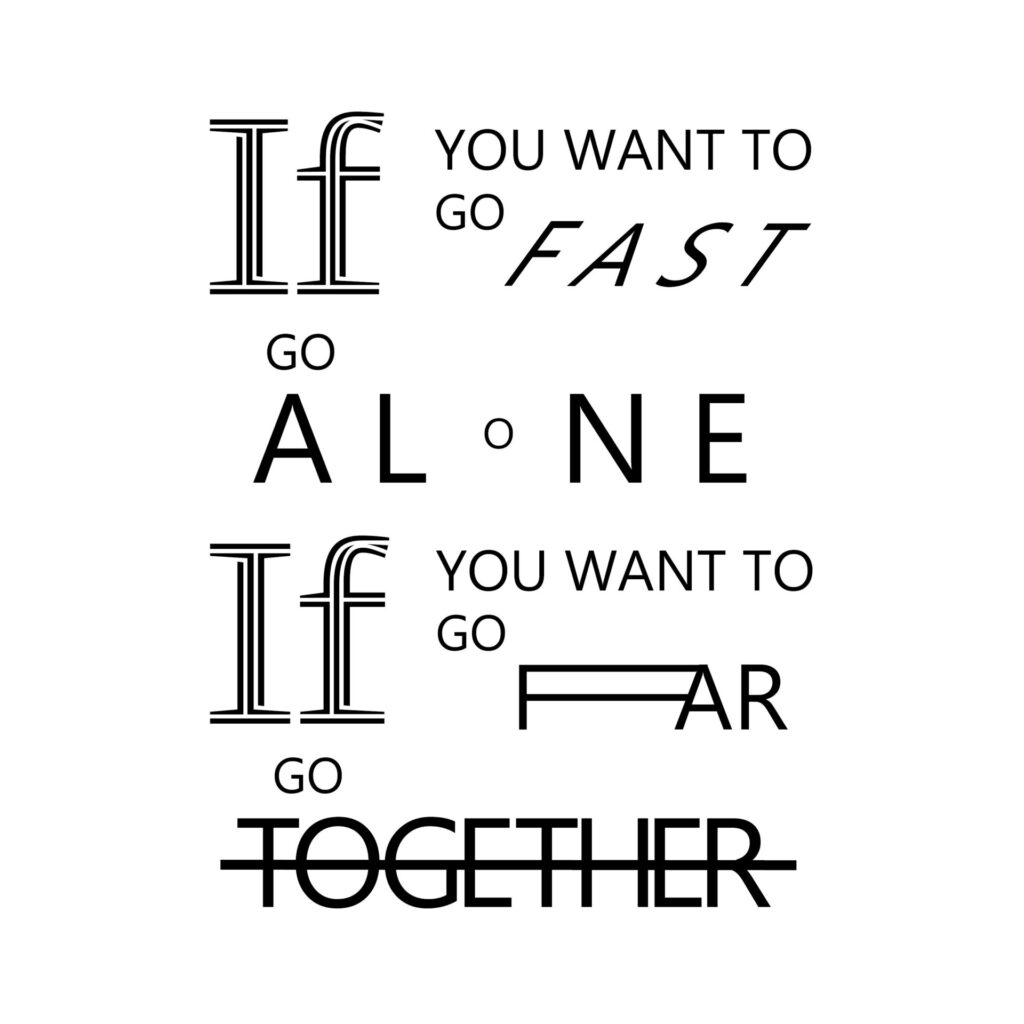It was interesting and at the same time fascinating to read about the Choc font which looks familiar to me because I saw it many times while walking around the city. The Asian writing resemblance and the old vibe of the sign have always transmitted the authenticity of the restaurant and invited me in. Before reading this article, I thought it was a font designed on purpose with oriental nuances which must have been trendy and easily accessible at the time and for this reason became so common. The association of this font to Asian businesses came automatic to me. For this reason, the use of Choc for other kind of businesses like shoe store, the beauty salon or even the Mexican restaurant seems like a forced dislocation of the font, which doesn’t really work for me.
However, after reading about the Choc author and origin, I looked at this font in a different way. Roger Excoffon, the French typographer and graphic designer who created Choc was strongly influenced by the Modern Movement and it is visible in other typefaces he designed during the 1940s and ’50s. Choc is actually “abstract, modern and artistic” as said by Mr. John Chen, a New York-based restaurateur who claimed to be the first to use the font in the city. The mean reason why this font was picked is because it is powerful and heavy. It doesn’t go unnoticed. The article criticizes the font aesthetic, which is irregular and hard to read especially with a tight kerning as in the Mexican restaurant sign, and at the same time celebrates it for its effectiveness. Infact it actually makes Asian restaurants signs stand out, they make an impression. It is impressive to see how a font can transmit the same feelings and become so successful in expressing a concept that probably was different from the designer’s one. The article doesn’t state that this font was made to feel exotic by imitating design elements associated with the Asian culture. Even visually the letters seem designed with a brush, but they weren’t.
I don’t dislike Choc font, even though it is not the most perfect one. It actually works well for headings, printing and signs. However, I think that its overuse made lose its appeal.


